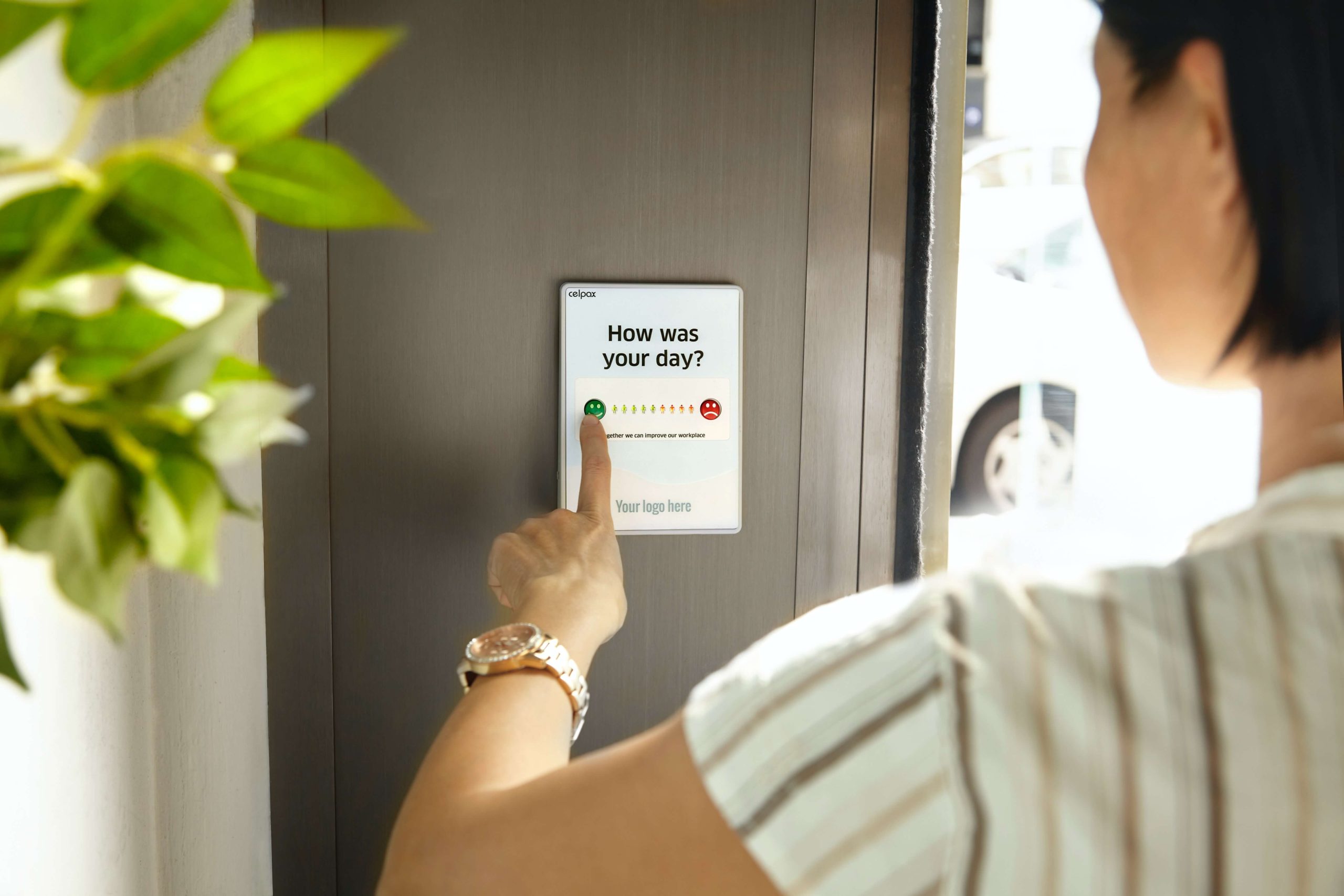NPS, ie. Net Promoter Score is a metric used to measure the customer’s experience of your product. There are many different ways to measure your customer’s experience, loyalty, and satisfaction. But a lot of companies keep choosing NPS as the metric to measure product success because it’s simple and easy to use.
NPS scores are based on a single question, which means data gathering is easy with only one metric. Many companies continue to use NPS scores as their measurement of product success. One of the main reasons is that it’s easier to compare your product against that of competitors. Many companies believe that NPS shows a good indicator of customer loyalty. They believe that high NPS scores, lead to increased customer retention and word-of-mouth marketing. It’s easy to track and monitor over time and allows companies to measure the impact of change on their product. It sounds good, right? Why would you not use NPS to measure the success of your product?
However, many companies use NPS as the sole metric for measuring product success, which can cause a problem.
NPS is based on a single question
NPS uses 1 question, prompted in the product where users are asked to rate on a scale of say 1-20. But a single question does not provide a comprehensive understanding of the levels of satisfaction or loyalty of your user toward your product. NPS does not take into account many contextual factors, such as the demographics, usage patterns, cultural differences, or specific issues that a user encounters with your product (Baquero, Asier., 2022. Harvard Business Review, 2018. Journal of Marketing Research, 2014).
NPS scores are easy to manipulate
One very important thing in UX research is the collection of unbiased data. This can be incredibly difficult as humans are inherently biased (Journal of transcultural nursing, 2017). NPS scores can also be biased as they are easy to manipulate. Many companies use account managers or customer success managers and discuss NPS scores with their users. Whether they discuss, for example, the existence or the results can cause users to change the way they fill in the NPS question while using your product. This unintended influence can alter your results, making the data you receive less reliable.
NPS does not give insights into the ‘why’
We also don’t know the reason why users gave a specific score, which decreases the validity of the score. A user could give a negative score because they have been stuck on a task they’ve been trying to complete for a while, or because they encountered multiple errors in a row. Or a user can give a high score because they’ve just been told they can take the afternoon off because of how many clients they called today. Your product is a part of their day-to-day, but without contextual understanding, a singular question cannot predict the success of your product. Not understanding the ‘why’ behind a score can make it difficult to find the areas of improvement and to take action in addressing customer concerns. On top of that, we don’t know which page the users were, where they came from and what happened to prompt them to give the score they gave. Therefore we really don’t know enough about why they like or dislike the product.
So I shouldn’t use NPS at all then?
NPS in and of itself is not a good metric for measuring the success of your product, but rather one of the metrics you can use to create a better picture of said success. If NPS is a score that your company wishes to keep, then combine these with other research methods, such as customer feedback forms with open questions, user interviews, ethnographic studies, usability testing, and satisfaction measurements.
There is no perfect combination of methods to use to reach an understanding of product success. However, in UX Research (and research in general) it is very clear that using a variety of methods not only improves the data you collect but also increases the validity of your research. And with more valid data it becomes easier to draw conclusions that will help you towards improving your product even further, thus enhancing product success in return.
Sources
- Beyond Net Promoter Score: A Comprehensive Measure of Customer Satisfaction” (Journal of Marketing Research, 2014)
- The Net Promoter Score: A Risky Shortcut (Harvard Business Review, 2018)
- Baquero, Asier. (2022). Net Promoter Score (NPS) and Customer Satisfaction: Relationship and Efficient Management. Sustainability. 14. 10.3390/su14042011.
- Journal of Transcultural Nursing, 2017, Vol. 28(4) 333
- Photo by Celpax on Unsplash




